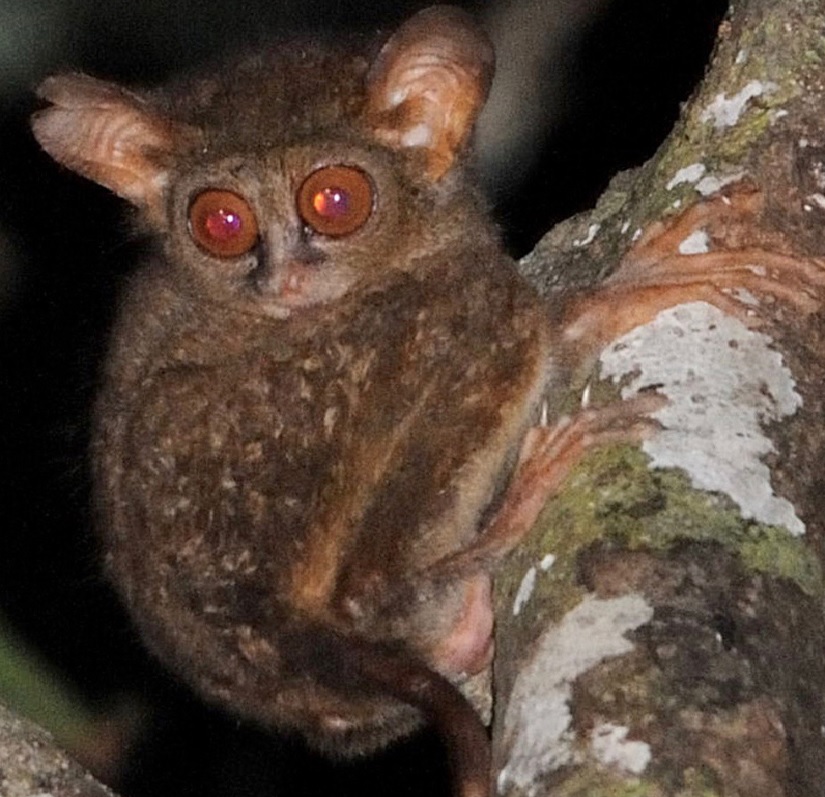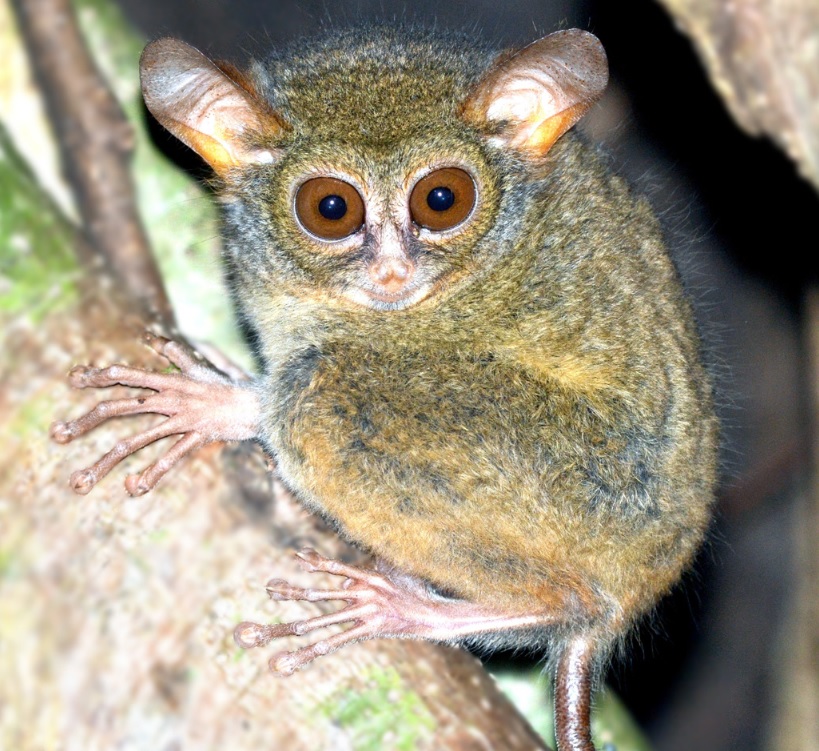Two new Yoda-like species discovered in Indonesia
Two new Yoda-like species were discovered in Indonesia. The tarsiers, nocturnal primates with a unique anatomy, are believed to have inspired the famous Star Wars character.
Conservation International announced the discovery of two new tarsiers on the day when fans commemorate Star Wars Day and primatologists celebrate International Tarsier Day.
Tarsiers have the largest eyes relative to body size of any mammal on earth, each typically larger than their brain. Since they are active at night, similar to owls, tarsiers can rotate their necks a full 180 degrees in either direction. Their unique anatomy allows them to be vertical clingers and leapers so they can jump 40 times their body length in a single leap.
The two new species were discovered in Sulawesi and were documented in the journal Primate Conservation. One of the new species was named Tarsius supriatnai, after Dr. Jatna Supriatna, a primatologist and biodiversity specialist who led CI’s work in Indonesia for 15 years.

The second, Tarsius spectrumgurskyae, got his name from Dr. Sharon Gursky, professor at Texas A&M University, a close colleague of Dr. Supriatna and an expert on tarsiers. She has dedicated more than 20 years of her academic career to studying them.

According to researchers, the new discovery is critical to conservation efforts in a region grappling with the effects of deforestation and climate change. Sulawesi is home to species found nowhere else on earth. Biologists put Indonesia among the countries where half of the rare and critically endangered animals are concentrated in, together with Madagascar and Vietnam.
This discovery is key to conserving the habitats critical to these species and many more. With these two new tarsiers, the total number of primates in Indonesia rises to 80 and the number of recognised tarsier species from Sulawesi and nearby islands rises to 11.
“These two new species of tarsier from Sulawesi are the 80th and 81st primate species new to science described since the turn of the century. This represents about 16% of all primate species known and is indicative of how little we know of our planet’s unique and wonderful biodiversity,” says Russ Mittermeier, founder of Conservation International and coauthor of the publication. “If we haven’t even gotten a handle on the diversity our closest living relatives, which by comparison are relatively well-studied, imagine how much we still have to learn about the rest of life on Earth.”
The two new species are important not only for the conservation efforts in Sulawesi but also for the work of protecting primates in general. According to a recent count, primatologists listed some 25 species of primates that were already endangered, from apes, to monkeys, lemurs and tarsiers.
From the total of 128 species of lemurs, lorises and tarsiers, 38% are threatened with extinction. Primates are at risk due to subsistence hunting, habitat destruction, and collecting of animal body parts for potions, jewellery and delicacies.